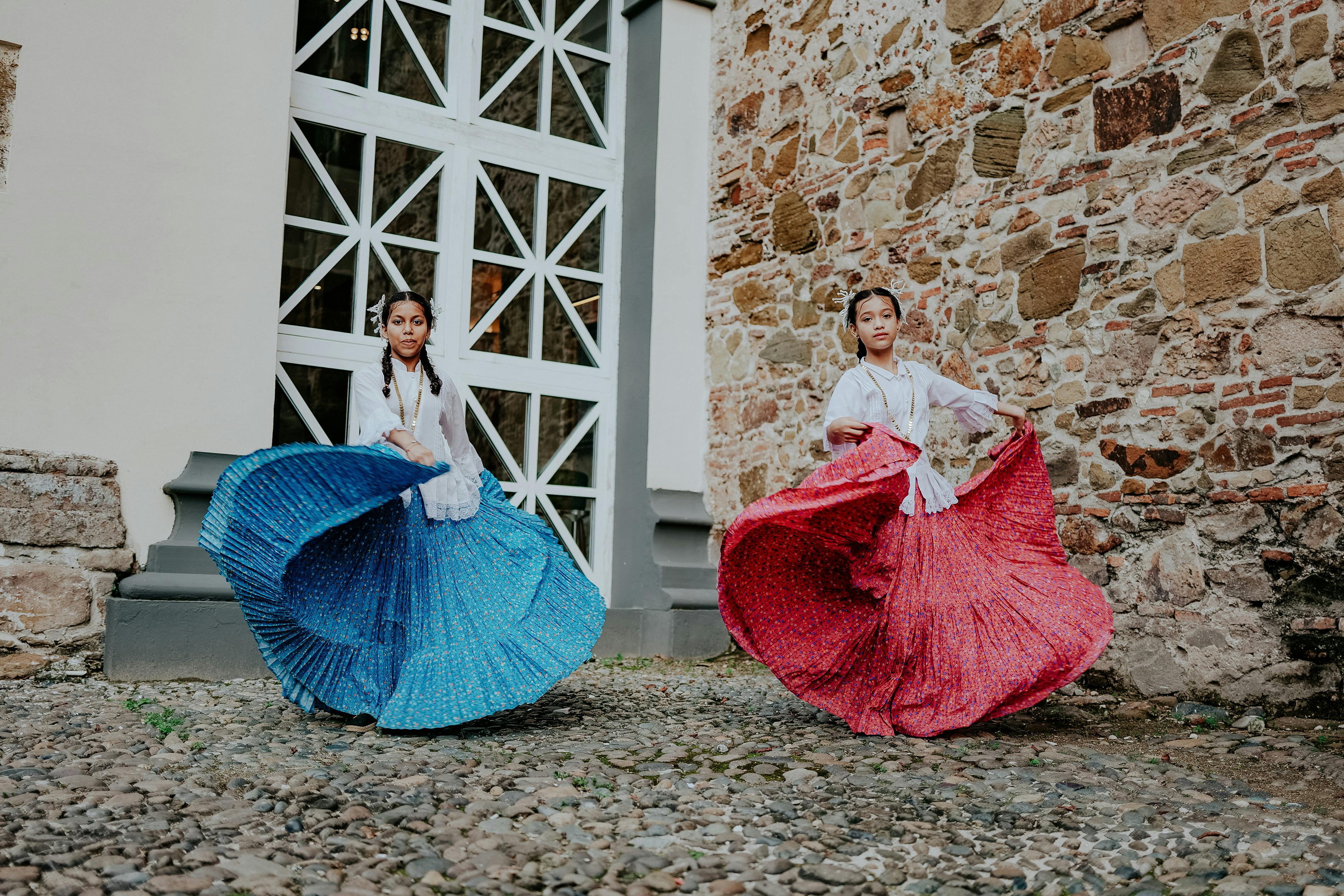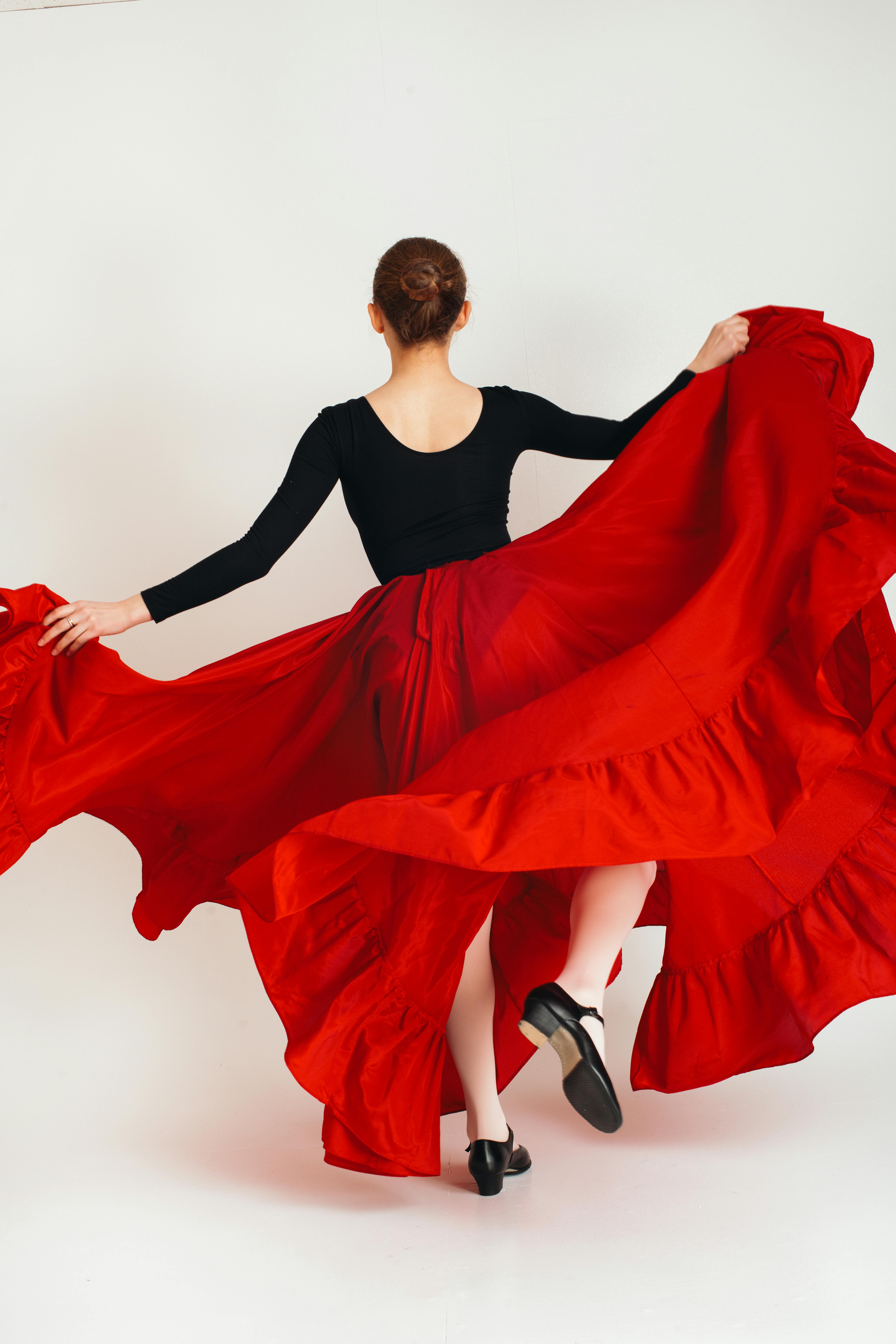Festival De Jerez Spain
Discover the soul of Flamenco at the Festival de Jerez in Spain. Explore captivating performances, rich traditions, and master classes in the heart of Andalusia.
Ah, Spain! Its golden sun, mouth-watering cuisine, and rich cultural tapestry draw millions each year. Yet, tucked away in the charming city of Jerez de la Frontera, is a gem that pulses with a rhythm of its own: the Festival de Jerez. This is a celebration that peels back layers of history, tradition, and emotion, revealing the soul of Flamenco. If you’re even remotely curious about this mesmerizing art form, keep reading. By the end, you’ll want to pack your bags and join in the dance.

What is the Festival de Jerez?
Let’s start with the basics. The Festival de Jerez is an annual celebration that revolves around Flamenco—Spain’s passionate dance and music genre. Held in Jerez de la Frontera in the Andalusian region, this festival showcases some of the most talented Flamenco dancers, singers, and musicians from around the world. The event typically spans two weeks during late February to early March, filling the city with the sounds and sights of Flamenco.
Brief History
Dive deeper into the essence of the Festival de Jerez, and you’ll find a story rich with tradition and heritage. Jerez de la Frontera has long been considered a cradle of Flamenco, with roots reaching back to the Roma communities of the 15th century. Established in 1997, the Festival de Jerez sought to celebrate this intricate art form, providing a platform for both seasoned maestros and up-and-coming talents. Over the years, the festival has grown in both scope and reputation, becoming a must-attend event for enthusiasts all over the globe.
Where Does it Take Place?
You won’t be confined to just one venue while attending the Festival de Jerez. The city itself becomes a stage. Key locations include the Teatro Villamarta, a historic theater that acts as the festival’s main venue. Yet, don’t overlook smaller venues like the Bodegas—a nod to the city’s sherry wine heritage—or even open-air plazas. Each space lends a unique atmosphere to the performances, bringing you closer to the heart of Flamenco.
The Performances
When it comes to performances, expect nothing less than extraordinary. The festival features an array of shows, from traditional Flamenco, known as “puro,” to contemporary interpretations that blend modern elements with age-old techniques. Dancers, with their intricate footwork and sweeping gestures, seem to conjure emotions from thin air. Singers—often accompanied by the soulful strumming of a guitar—tell stories that resonate with human experiences. Whether you’re a Flamenco novice or a seasoned aficionado, each performance is a new revelation.
Traditional Flamenco
Traditional Flamenco is the heart and soul of the Festival de Jerez. Imagine dancers with their ruffled dresses, channeling ages-old emotions through stamping feet and undulating arms. Singers pour their souls into the “cante,” a form of vocal expression that often carries the weight of grief, joy, and unspoken stories. The intimacy of these performances often leaves audiences spellbound, experiencing a connection that transcends language and culture.
Modern Interpretations
While tradition is honored, innovation is celebrated. Modern interpretations of Flamenco bring a fresh perspective, blending elements of ballet, modern dance, and even multimedia effects. These performances push the boundaries of what Flamenco can be, challenging audiences to reimagine the art form’s possibilities. Whether it’s a mix of electric guitar with Flamenco rhythms or digital projections supplementing live dance, modern interpretations offer a compelling twist on an age-old tradition.

Master Classes and Workshops
Another highlight of the Festival de Jerez is the plethora of master classes and workshops. These aren’t just for professionals. Whether you’re a beginner hoping to grasp the basics or an advanced dancer looking to refine your skills, there’s something for everyone. Esteemed Flamenco artists often lead these sessions, providing invaluable insights and hands-on coaching. Imagine learning the art of Flamenco from a maestro whose very breaths are in sync with the rhythms of this passionate dance.
The Audience Experience
If you’re worried about not being able to grasp the nuances, fear not! The Festival de Jerez is welcoming to all, whether you speak Spanish or not. Flamenco, in its purest form, transcends language. Feel the beat in your chest, the strum of the guitar strings in your soul, and the raw emotion in the singer’s voice. All these elements create a universal language of passion and expression that everyone can understand.
Immersive Environment
The festival isn’t limited to staged performances. The entire city of Jerez seems to vibrate with the spirit of Flamenco. Wander into a café, and you might find impromptu jam sessions. Visit a local bodega, and you’ll witness patrons clapping and singing along. The city provides an immersive environment, turning casual moments into unforgettable memories.
Audience Participation
Feeling brave? Jump into the fray! Audience participation is not just encouraged; it’s almost expected. Clap along to the rhythms, cheer for the performers, and if the spirit moves you, join in the dance. This level of engagement creates a communal atmosphere that turns every performance into a shared experience, binding everyone present with an invisible thread of joy and passion.

Cultural Exploration Beyond Flamenco
Of course, there’s more to Jerez de la Frontera than Flamenco. During the festival, take the opportunity to explore the city’s other cultural gems. From its world-famous sherry wines to its historic architecture, Jerez offers a myriad of experiences that enrich your visit.
Sherry Bodegas
A trip to Jerez is incomplete without visiting a sherry bodega. These historic wineries offer tours that take you through the aging process of their exquisite wines. You’ll learn about the unique soil conditions, the fermentation process, and the maturation in oak barrels. And yes, there’ll be tastings. Nothing beats sipping a glass of sherry while pondering the artistry of Flamenco.
Historic Sites
The Alcázar of Jerez is another must-see. This medieval fortress, with its Moorish architecture and lush gardens, transports you to another era. Wander through its ancient halls and courtyards, and let your imagination run wild. Other notable sites include the Cathedral of San Salvador and the Royal Andalusian School of Equestrian Art, where you can witness the intricate skills of trained horses and their riders.
Gastronomy
Let’s not forget food—an integral part of any cultural experience. Jerez boasts a rich culinary landscape that perfectly complements the festival. From traditional tapas bars to gourmet restaurants, the city offers a variety of dining experiences that will tantalize your taste buds.
Traditional Andalusian Cuisine
Sample classic Andalusian dishes like gazpacho, salmorejo, and tortilla española. Fresh, local ingredients take center stage, with a focus on flavors that are both robust and nuanced. Don’t miss the chance to try pescaíto frito (fried fish) or a hearty serving of jamón ibérico (Iberian ham). These dishes, paired with local sherry, create a culinary symphony that’s hard to forget.
Food Markets
For a more casual experience, explore the local food markets. The Mercado Central de Abastos is a bustling hive of activity where you can find everything from fresh produce to artisanal cheeses and cured meats. Grab some supplies for a picnic or try some street food—it’s as close as you can get to experiencing Jerez the way locals do.
How to Get There
Planning your trip to the Festival de Jerez involves some logistics, but it’s well worth the effort. Jerez de la Frontera is accessible by plane, train, and car. The nearest airport is Jerez Airport, which offers numerous domestic and international flights. Alternatively, you can fly into Seville and take a train or bus to Jerez.
By Plane
Jerez Airport is just a short drive from the city center and offers several transportation options, including taxis, buses, and rental cars. If you’re flying into a major Spanish city like Madrid or Barcelona, you can find direct flights to Jerez.
By Train
Spain’s high-speed train network (Renfe) makes it easy to reach Jerez by rail. Trains from Madrid, Seville, and other major cities provide a comfortable and scenic journey. The train station in Jerez is centrally located, making it easy to get to your accommodation.
By Car
If you prefer driving, rental cars are available in most major cities and airports. The road network is excellent, and the drive from Seville to Jerez takes roughly an hour. Having a car gives you the flexibility to explore the surrounding region at your leisure.
Accommodation Options
Lodging in Jerez ranges from luxury hotels to cozy guesthouses and budget-friendly hostels. Given the popularity of the Festival de Jerez, it’s advisable to book your accommodation well in advance.
Luxury Hotels
For those seeking a touch of opulence, Jerez offers several luxury hotels. Properties like the Hotel Villa Jerez and Hotel Palacio Garvey provide top-notch amenities, exquisite dining options, and elegant surroundings. Expect personalized service and attention to detail that make your stay truly memorable.
Mid-range Options
Mid-range travelers will find plenty of options as well. Think charming boutique hotels and well-appointed guesthouses that offer a comfortable stay without breaking the bank. Many of these establishments capture the essence of Andalusian architecture, with courtyards, tiled floors, and lush gardens.
Budget-Friendly Choices
On a budget? No worries. Jerez hosts several hostels and budget-friendly hotels that provide clean, comfortable accommodation. Many offer communal areas where you can meet fellow travelers, making it a great choice for solo adventurers or those wanting to socialize.
Tips for First-Time Visitors
Navigating a new city and culture can be daunting, but a few tips can make your experience smoother and more enjoyable.
Language
While many people in Jerez speak some English, learning a few Spanish phrases can go a long way. Basic greetings and polite expressions will endear you to locals and make your interactions more pleasant.
Dress Code
Flamenco is a passionate, vibrant art form, and the festival is a celebration of this spirit. While there is no strict dress code, consider wearing something elegant for the performances, out of respect for the artists and the occasion. Comfortable shoes are also a must, as you’ll likely be doing a fair bit of walking.
Respect the Art
Flamenco is not just a form of entertainment; it’s a deeply emotional and spiritual art. Show your respect by arriving on time, staying silent during performances, and appreciating the skill and passion of the artists.
Why You Shouldn’t Miss It
The Festival de Jerez is more than just a cultural event; it’s a sensory journey into the heart of Flamenco. It’s an opportunity to immerse yourself in a world where music and dance become a powerful form of expression, touching deep emotions and forging connections. Whether you’re a seasoned Flamenco enthusiast or a curious newcomer, this festival promises an unforgettable experience that will leave you yearning for more.
So what are you waiting for? Mark your calendar, brush up on your Spanish, and get ready to be captivated by the Festival de Jerez. And when you’ve had your fill of Flamenco, sherry, and tapas, share your experiences. Clap this article, leave a comment, and subscribe to my Medium newsletter for more exciting updates. ¡Olé!


